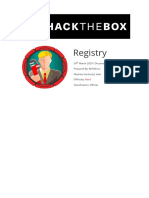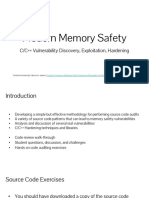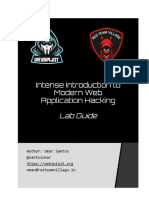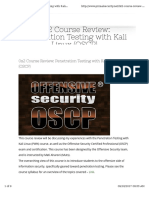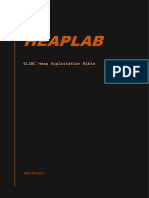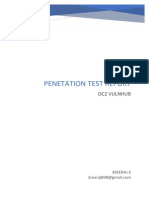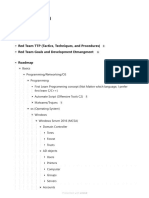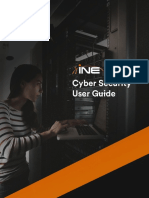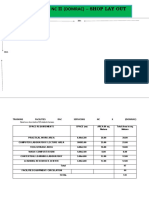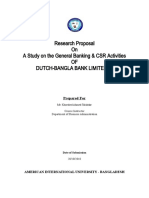0% found this document useful (0 votes)
216 views23 pagesReport Vulnerability Template
This document summarizes the results of a penetration test conducted by Cyber Security UP for a client. The test scope included assessing a mobile phone organization's systems from both an external and internal perspective, as well as from an OWASP web application security standpoint. Privilege escalation and network pivoting were also tested after initial system compromise. The penetration test was successful in exploiting the DMZ server.
Uploaded by
Abubakar ShehuCopyright
© © All Rights Reserved
We take content rights seriously. If you suspect this is your content, claim it here.
Available Formats
Download as DOCX, PDF, TXT or read online on Scribd
0% found this document useful (0 votes)
216 views23 pagesReport Vulnerability Template
This document summarizes the results of a penetration test conducted by Cyber Security UP for a client. The test scope included assessing a mobile phone organization's systems from both an external and internal perspective, as well as from an OWASP web application security standpoint. Privilege escalation and network pivoting were also tested after initial system compromise. The penetration test was successful in exploiting the DMZ server.
Uploaded by
Abubakar ShehuCopyright
© © All Rights Reserved
We take content rights seriously. If you suspect this is your content, claim it here.
Available Formats
Download as DOCX, PDF, TXT or read online on Scribd
/ 23




